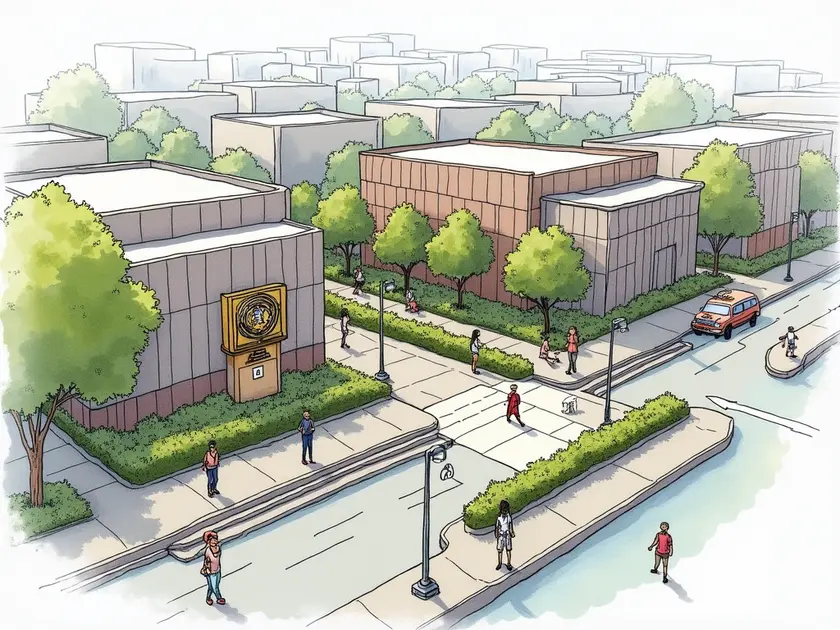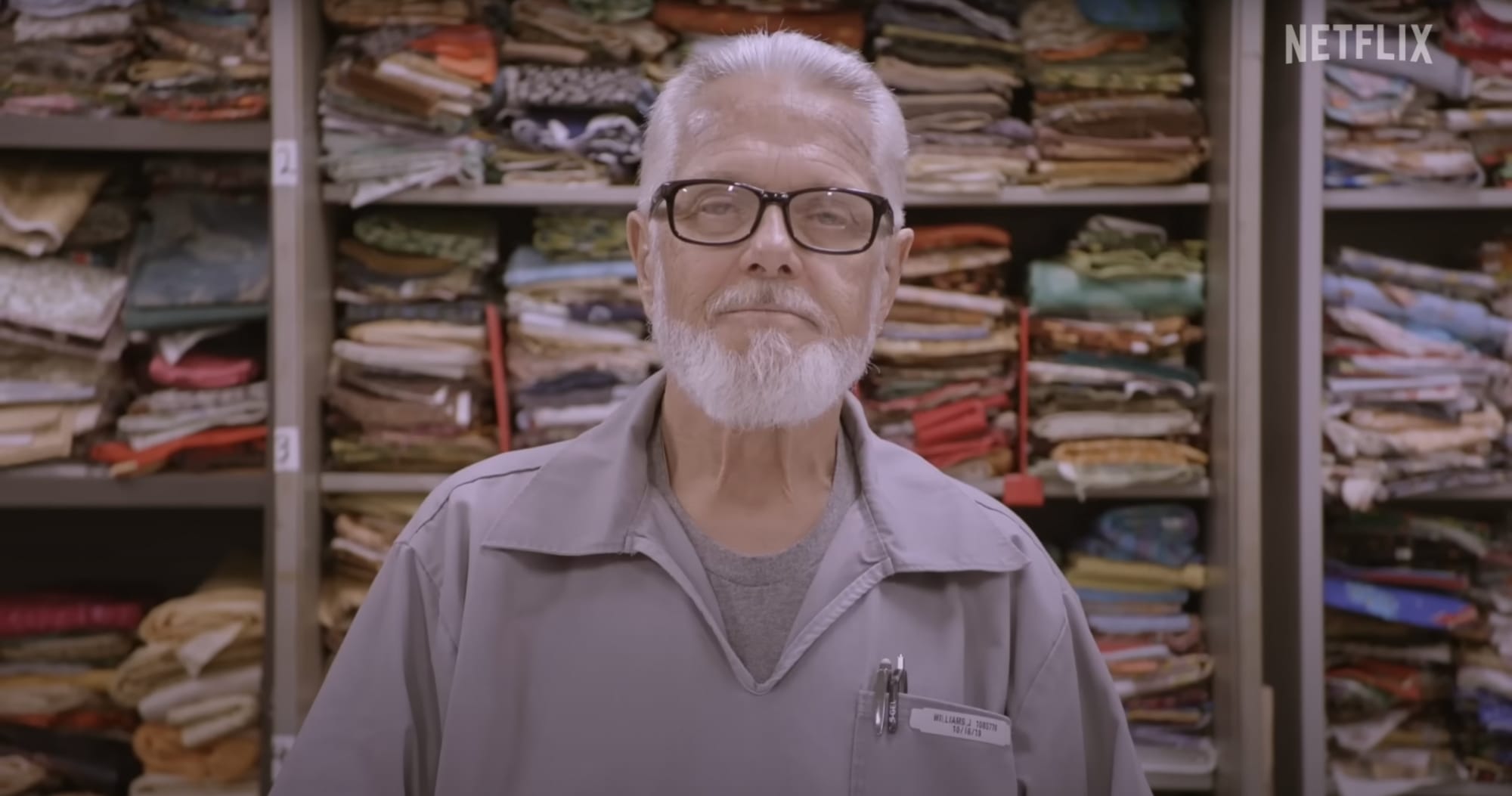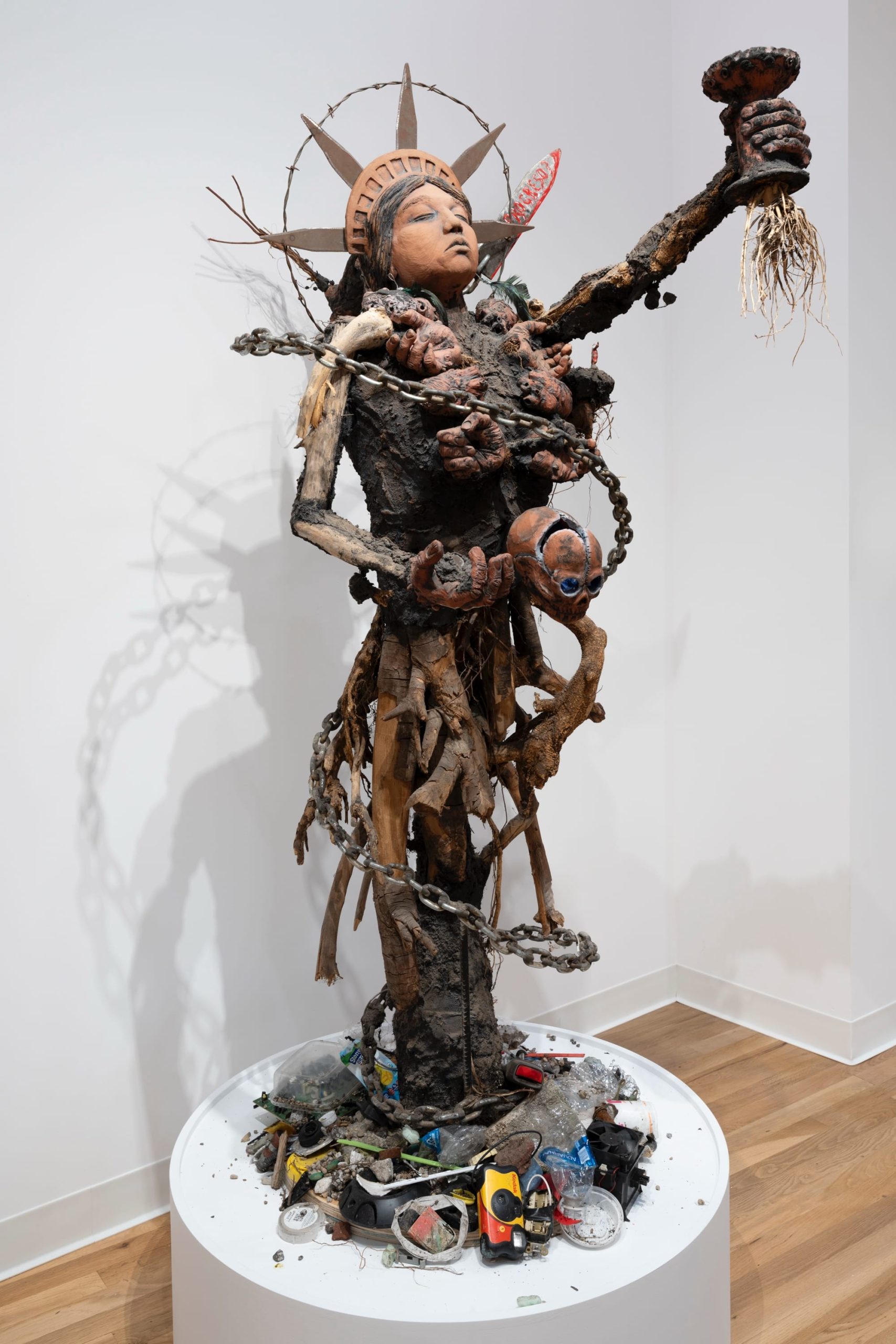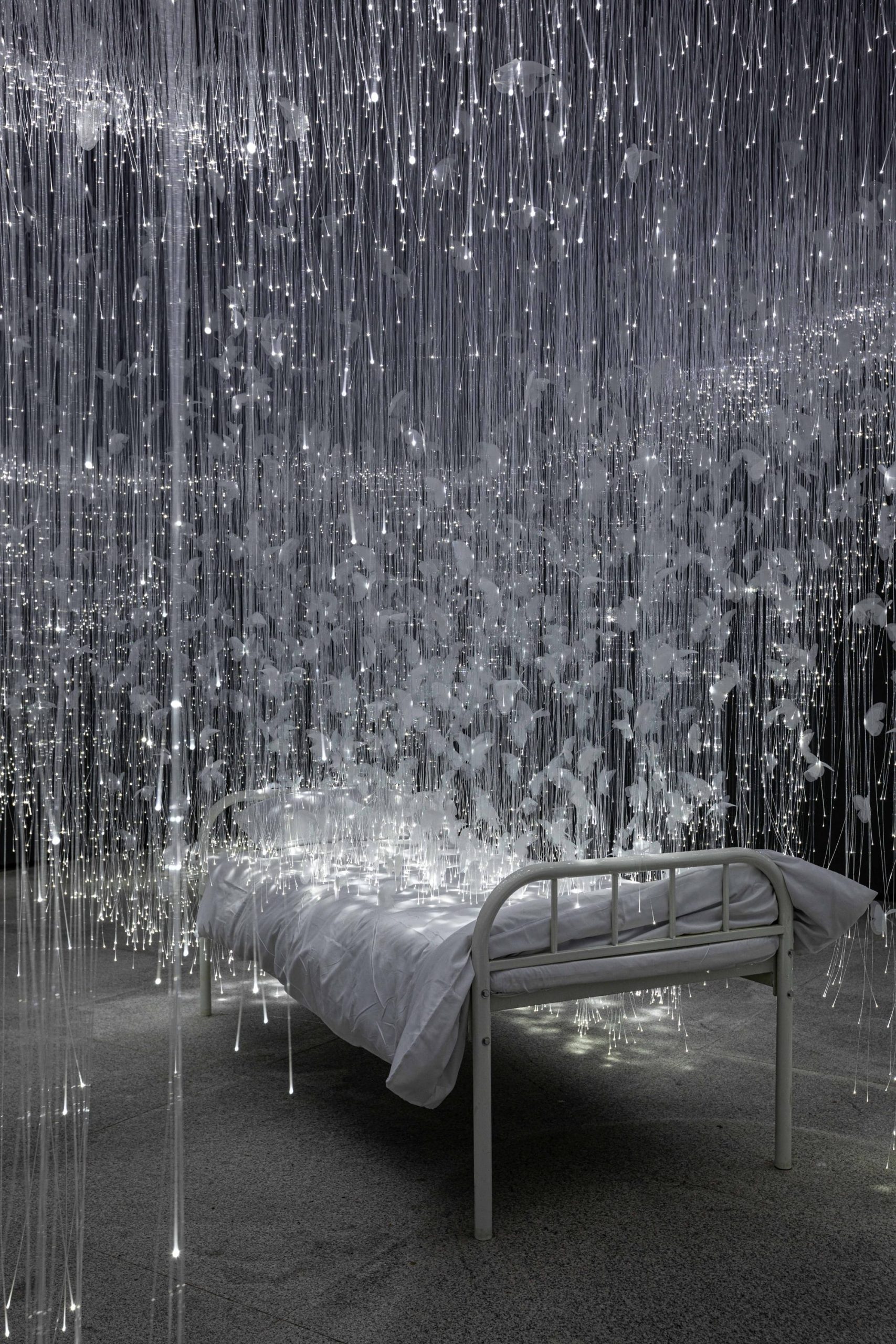The Role of Art in Urban Development
Art has long been recognized as a powerful catalyst for transforming urban spaces and fostering community engagement. In recent years, public art initiatives have played an increasingly significant role in revitalizing urban areas through creative placemaking. This article will explore the impact of public art on urban spaces, how it fosters community engagement, and its role in revitalizing urban areas through creative placemaking.
The Impact of Public Art on Urban Spaces
Public art plays a crucial role in transforming urban spaces into vibrant cultural hubs. It has the power to beautify neighborhoods, stimulate economic growth, and create a sense of place and identity.
Enhancing Aesthetics
- Public art adds beauty and visual interest to otherwise mundane urban environments.
- It can turn blank walls into colorful murals, bland streets into lively pedestrian plazas, and empty lots into engaging sculpture parks.
Promoting Cultural Diversity
- Public art often reflects the cultural heritage and diversity of a community.
- It celebrates different traditions, histories, and perspectives, fostering inclusivity and understanding among residents and visitors.
Encouraging Social Interaction
- Art installations in public spaces serve as meeting points for people from all walks of life.
- They encourage social interaction, dialogue, and collaboration among community members, strengthening social bonds and a sense of belonging.
Inspiring Creativity and Innovation
- Exposure to public art can spark creativity and innovation in individuals of all ages.
- It challenges conventional thinking, inspires new ideas, and encourages experimentation, contributing to a culture of innovation within urban communities.
In conclusion, public art has a profound impact on urban spaces by enhancing aesthetics, promoting cultural diversity, encouraging social interaction, and inspiring creativity and innovation. It transforms cities into dynamic and inclusive environments where art becomes an integral part of everyday life.
Fostering Community Engagement through Art Initiatives
Art initiatives play a crucial role in fostering community engagement by providing a platform for individuals to express themselves creatively.
Benefits of Community Engagement through Art Initiatives
- Strengthening community bonds
- Promoting cultural diversity
- Encouraging dialogue and collaboration
Examples of Successful Art Initiatives
Highlighting a few successful art initiatives that have made a significant impact on community engagement:
- Community Mural Projects: Involving local residents in the creation of murals that reflect their community’s identity.
- Art Workshops and Classes: Providing opportunities for community members to learn new artistic skills and techniques.
- Public Art Installations: Placing art installations in public spaces to spark conversations and interactions among residents.
Engaging Youth through Art Initiatives
Engaging young people in art initiatives can have a lasting impact on their personal development and sense of belonging in the community.
By involving youth in art projects, we can empower them to become active participants in shaping their community’s cultural landscape.
Revitalizing Urban Areas with Creative Placemaking
Urban areas can be transformed through the implementation of creative placemaking initiatives. By integrating art, culture, and community engagement, cities can revitalize underutilized spaces and foster a sense of belonging among residents.
The Role of Public Art
- Public art installations can serve as focal points within urban areas, attracting visitors and sparking dialogue.
- Artistic interventions in public spaces can transform mundane environments into vibrant cultural hubs.
Community-Centered Design
- Engaging local residents in the design process ensures that placemaking projects reflect the unique character of the community.
- Collaborations between artists, urban planners, and residents can lead to innovative solutions for urban revitalization.
Economic Benefits
- Creative placemaking initiatives have been shown to stimulate economic growth by attracting tourists and new businesses to urban areas.
- Revitalized public spaces can increase property values and enhance the overall quality of life for residents.
Overall, creative placemaking offers a holistic approach to urban revitalization, blending art, community engagement, and sustainable design principles to create vibrant, inclusive cities for all.






